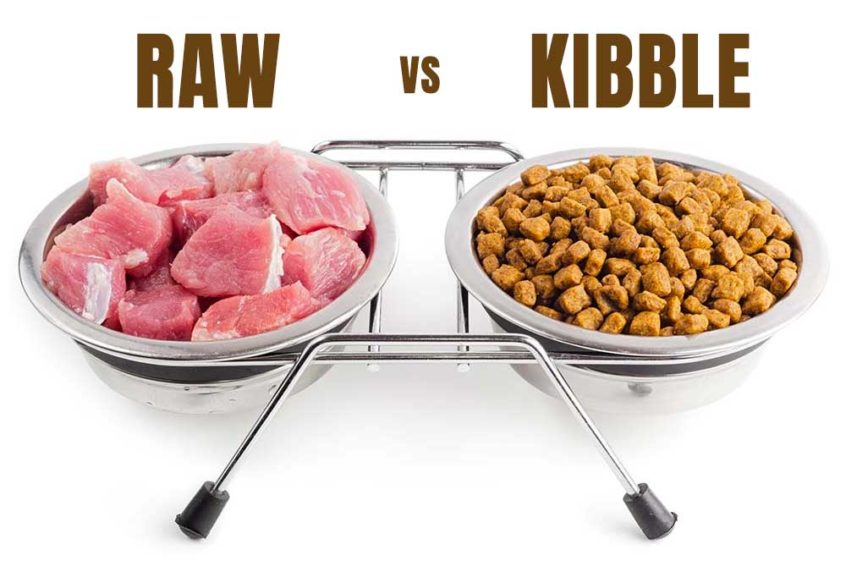Chapter 3: Why I Almost Never Recommend Dry Pet FoodWritten by Dr. Karen Becker
While most kibble is formulated to meet the basic nutritional requirements of dogs and cats, it certainly doesn’t provide optimal nourishment for the long haul. I have several issues with dry pet food, but let’s start with the quality of the raw ingredients. Rendering plants create meat and bone meal from a variety of dubious sources, for example, parts of cows that can’t be sold for human consumption, including bones, the digestive system, the brain, udders, hide and more.
They also may use the carcasses of diseased animals, expired grocery store meat (including the plastic and Styrofoam packaging), road kill, zoo animals and dogs and cats that have been euthanized. Here’s how Slate describes the process of turning these raw ingredients into pet food:
“This material is slowly pulverized into one big blend of dead stuff and meat packaging. It is then transferred into a vat where it is heated for hours to between 220 [to] 270 degrees F. At such high temperatures, the fat and grease float to the top along with any fat-soluble compounds or solids that get mixed up with them.
Most viruses and bacteria are killed. The fat can then be skimmed off, packaged and renamed. Most of this material is called ‘meat and bone meal.’ It can be used in livestock feed, pet food or fertilizer … There is essentially no federal enforcement of standards for the contents of pet food.
… Indeed, the same system that doesn’t know whether its main ingredient is chicken beaks or Dachshund really cannot guarantee adequate nutrition to the dogs that eat it.”
There is one dry food company, Carna4, that prides itself on using ethically sourced, humanely raised meats and no synthetic nutrients from China (unlike all the other brands). So if you must feed kibble, I suggest this brand. However, there are still other issues with kibble, in general.

